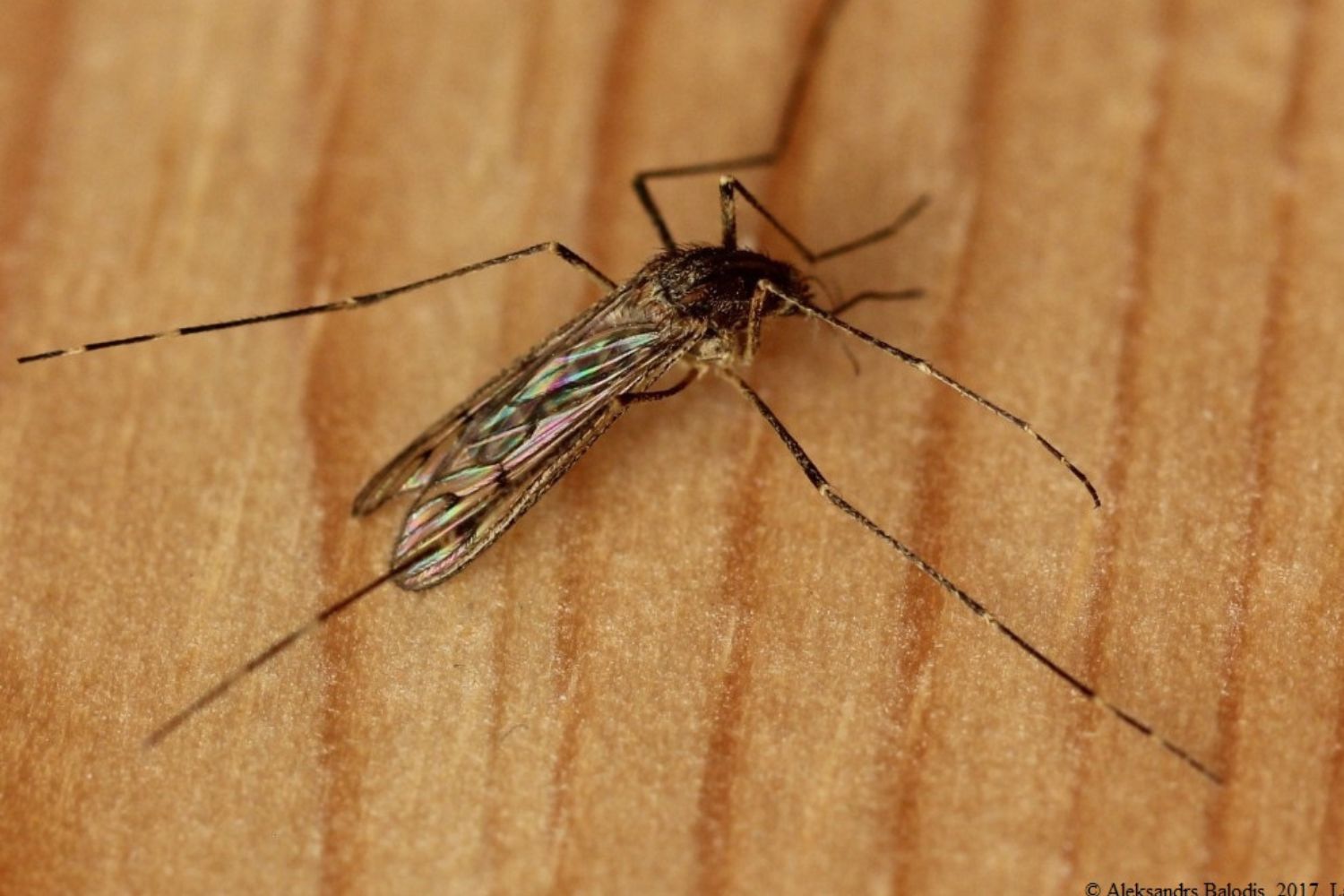The location doesn’t matter. It doesn’t matter if it’s urban or covers the whole country. bus seats They are awful. And this is not something subjective. They’re just completely ugly. They are not all the same; but, as a rule, fabrics have a blue, red or black background, with prints or variegated colors that do not go together. Other times it’s diamonds that look like an older man’s sneakers, or geometric patterns that are the same color but very intricate. There are some exceptions, such as Russia, where the seats have a slightly nicer building imprint, but are just as sloppy and have unpleasant-looking colors.
All this is so because in fact the last thing is that bus seat designers It’s to combine or be fashionable. Their goal is very simple because they only want us to not be able to easily see dirt.
Bread crumbs, traces of sweat, spilled drinks, chocolate… You can see everything on the bus seats. But in fact, because of these ugly colors, you have to try really hard to see it. This, logically, only happens with fabric covers. In some places, the seats on city buses are made of plastic, since the route is shorter and comfort is not so in demand.
We will never see a car with plastic seats and these colors have no fashion sense because they don’t need to. Dirt slides off much more easily and does not need to be masked. In fabric ones you can vacuum them, but this is not done between trips, so this is the only trick that manufacturers have. And be careful, this must be a very good trick, since it has been used all over the world for many years.
What you won’t see on the bus seats
The colors of the bus seats are aimed at no dirt visible. But we are, of course, talking about the dirt that you see. It must be taken into account that these fabrics can also contain some types of dirt that are invisible and much more unpleasant.
For example, if we try really hard, we can see Bed bugs, but they are so small that they go unnoticed, especially among these fancy flowers. As a result, buses have already become one of the main transmission routes for bedbugs in Paris.
Sarcoptes scabiesmite causing scabiesYes, it is too small to be seen with the naked eye. Therefore, in areas where there are large outbreaks of this parasite, extreme caution should be taken when traveling on public transport.
Those who are always there
But these are exceptional cases. Whenever we inspect bus seats with more than just our eyes, we find many microorganisms such as bacteria, viruses and fungi.
Most are non-pathogenic, but pathogens have been found in some studies. For example, in places such as handrails or seats, it is not difficult to find Staphylococcus aureus, bacteria that can cause skin infections. Many types of viruses have been found on these same surfaces, especially the influenza virus, which causes flualthough in recent years it has been joined by SARS-CoV-2, responsible for COVID-19. They can remain active on surfaces for 24 hours. And the design on the bus seats doesn’t matter. They are not visible.
Because you can’t see fungal spores, which not only sit on surfaces. They can also remain in the air, causing allergies if we inhale them.
The only way to avoid all this is to vacuum the seats, no terrible print is worth it. Usually these microorganisms they shouldn’t make us sick If we have a competent immune system and if the seats are cleaned regularly, they will not accumulate to dangerous levels.
Since they cannot be cleaned between trips, the worst thing we can find there is pure dirt. The one that, if they had not hidden it, might have caused us great disgust. And, as they say, the eyes do not see, the heart does not feel. That is why this method of decorating bus seats turned out to be so successful.
Source: Hiper Textual















